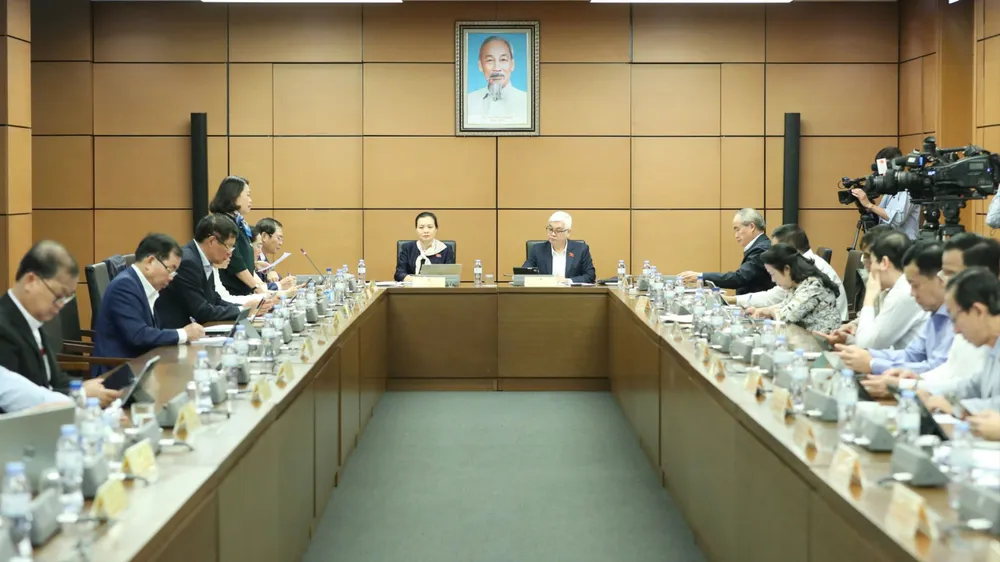
Delegate Nguyen Thi Yen (HCMC) said that the overall planning must follow each development stage; agreed that the whole country has 6 development regions, however, the planning of each region must be recalculated after the merger, because each province has sea and forest, so the spatial planning must be clear; must choose the growth pole as the driving force of each region.
According to the delegates, planning should not be just a mechanical accumulation, but should clearly identify the growth pole as the driving force for development of each region. For example, Ho Chi Minh City is expanding towards the sea, so it is necessary to recalculate the infrastructure connection between the ports of Ho Chi Minh City and Ba Ria - Vung Tau province in the past to ensure synchronization and promote the effectiveness of regional connectivity.

Delegate Tran Hoang Ngan (HCMC) is particularly interested in adjusting the National Master Plan for the period 2021 - 2030. With 6 development regions, the Delegate suggested that there should be "highlights" for each region, for example, for the Red River Delta, there should be a separate highlight for the capital Hanoi, it is necessary to add content on cultural development, education , cultural space, cultural heritage, a Hanoi city that is an attractive global destination.
Regarding the Southeast region including Ho Chi Minh City, Dong Nai , and Tay Ninh, with the goal of striving for an average GRDP growth rate of about 10%/year in the 2026-2030 period, according to Deputy Tran Hoang Ngan, it is necessary to emphasize the role of the growth driver of this region; it is necessary to pay attention to the connecting infrastructure of the Southeast region, both within the region and internationally.
Similarly, with the Mekong Delta region, this is a highlight of agricultural economy, it is necessary to invest prominently in this region to ensure national food security. To do so, it is necessary to invest in high-tech agriculture for this region, along with limited investment in national defense and security infrastructure; besides that, there is investment in infrastructure to live with floods, infrastructure for waterways and sea routes.
Deputy Dao Chi Nghia (Can Tho) proposed prioritizing investment in the Ho Chi Minh City - Can Tho railway line to increase connectivity with the Mekong Delta region, a very important logistics axis. In addition, adding Tran De port to the list of important national projects as well as expanding Can Tho international airport to remove traffic infrastructure bottlenecks in the Mekong Delta.

Notably, Deputy Nguyen Quang Huan (HCMC) said that the National Assembly should pass the Draft Law on Planning (amended) this session, then consider adjusting the National Master Plan for the 2021-2030 period, after the resolution of the 14th National Congress of the Party. "At that time, there will be a smooth master plan, a completed product of the 15th National Assembly and will be considered and approved by the 16th National Assembly at the first session of the term," Deputy Nguyen Quang Huan said.
Speaking at the group discussion, Minister of Construction Tran Hong Minh responded to the opinion that Vietnam's planning is still short-term, usually only 10-30 years, while many countries develop plans with a vision of 50-100 years. The Minister said that one of the reasons is due to limited resources for implementation. The Minister affirmed that the Ministry of Construction and relevant agencies will absorb and study to make appropriate proposals during the law drafting process.
The Minister gave an example of developing the seaport system - an area that plays an important role in socio-economic development. Currently, the new planning stops at the vision to 2030, with the ability to receive 50,000-ton ships, while the global trend is already 200,000-ton ships, so if we do not adjust the planning vision, we will fall behind.
Regarding water resources planning, the Minister said that the current law has relatively complete content, but it needs to be reviewed in detail for each industry and each region. He cited examples in Hanoi and Ho Chi Minh City, two urban areas that regularly face flooding and subsidence. In Hanoi, many pumping stations and drainage systems are still not synchronized; while Ho Chi Minh City is greatly affected by high tides and weak geological foundations.
“If we want to respond effectively like the Netherlands, it is a very specific technical problem that must be included in the detailed planning of each urban area,” said the Minister.
The Minister of Construction also pointed out many current problems in land use planning, suspended planning, overlapping planning areas, causing waste of social resources.
“Currently, there are many cases of planning being completed and then abandoned, and when we want to do something else, we cannot. Therefore, we need to conduct careful research and invite experts and scientists to evaluate so that the planning can be truly effective,” the Minister said.
The Ministry of Construction will coordinate with the Ministry of Finance to carefully study the "lifespan" of the planning, ensuring a long-term vision, consistent with development trends.
"We need to shift from term planning thinking to longer-term strategic planning thinking, linked to the goal of sustainable national development," Minister Tran Hong Minh emphasized.
Source: https://www.sggp.org.vn/quy-hoach-tong-the-quoc-gia-thoi-ky-2021-2030-can-dau-tu-diem-nhan-cho-tung-vung-post822278.html





![[Photo] Da Nang: Hundreds of people join hands to clean up a vital tourist route after storm No. 13](https://vphoto.vietnam.vn/thumb/1200x675/vietnam/resource/IMAGE/2025/11/07/1762491638903_image-3-1353-jpg.webp)


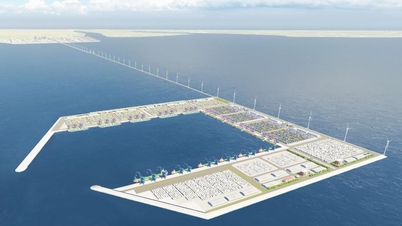

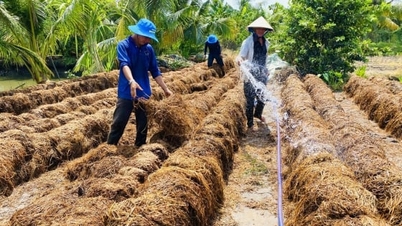






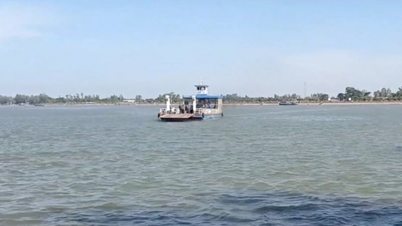




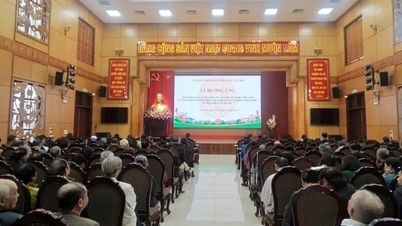

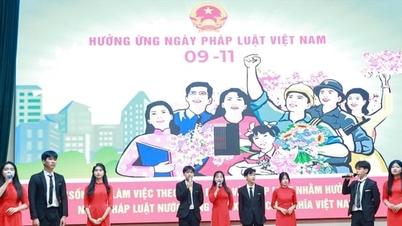
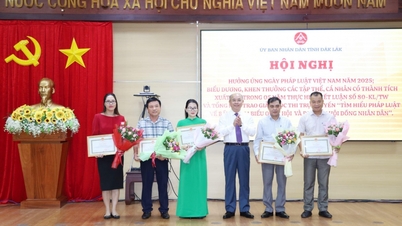

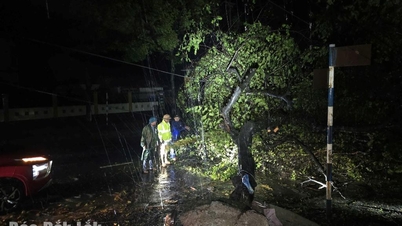







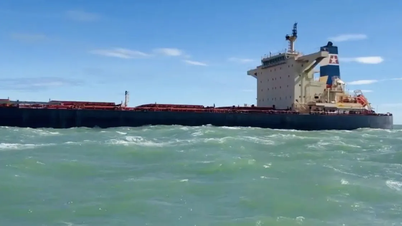

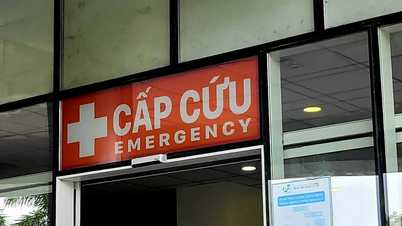



































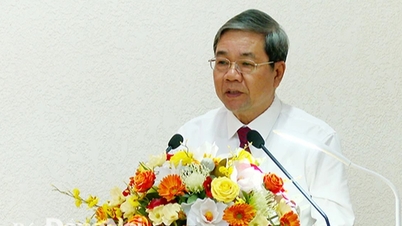




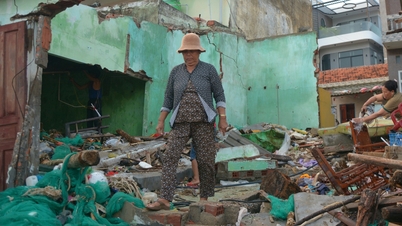





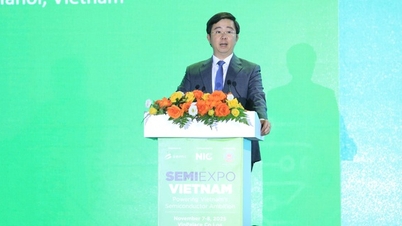

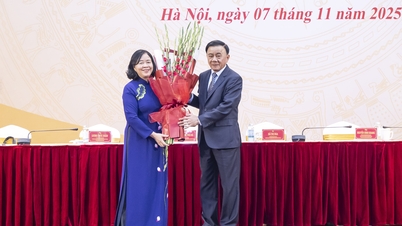




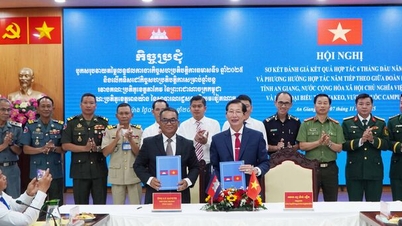



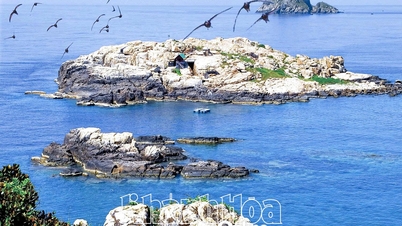

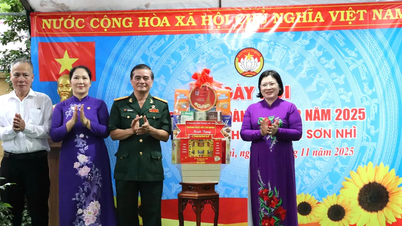















Comment (0)